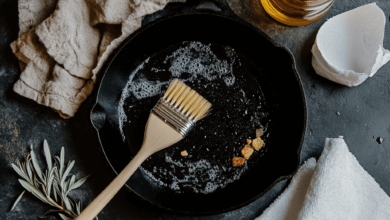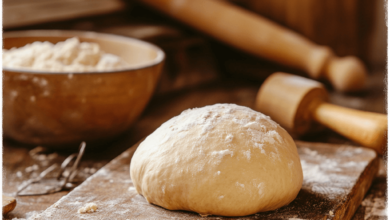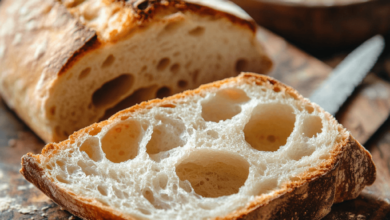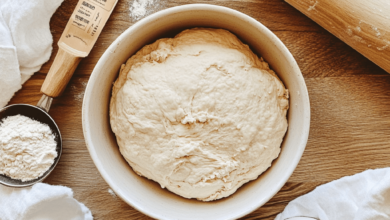Why Does Food Stick to My Nonstick Pan?
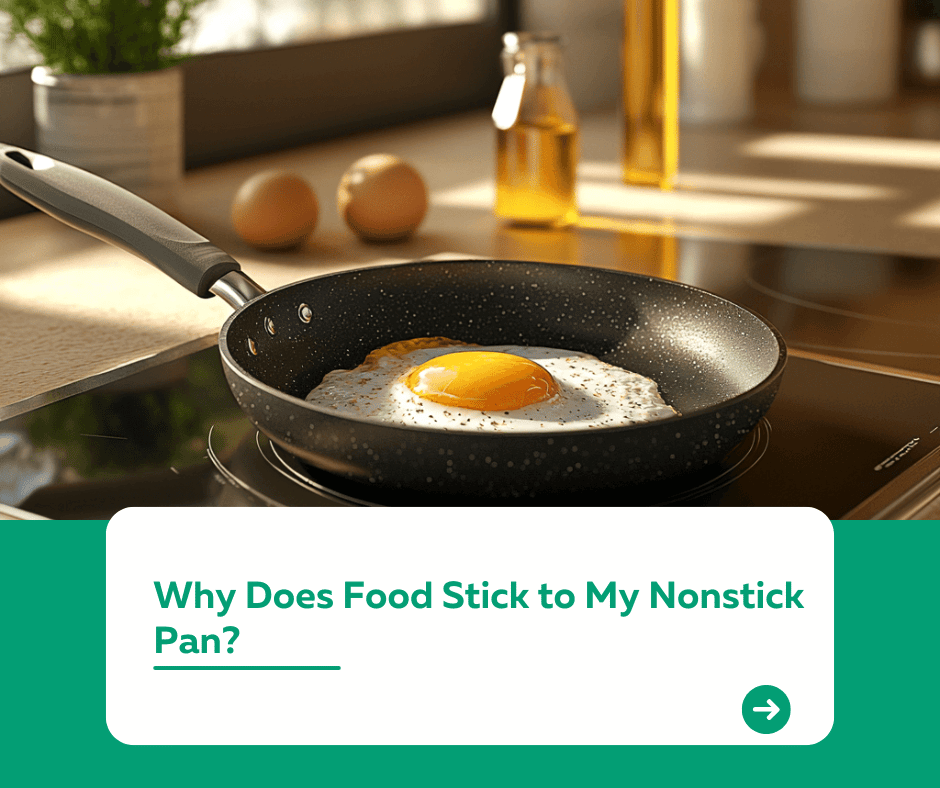
Introduction
Nonstick pans are designed to make cooking and cleaning easier, so it’s frustrating when food still sticks to them. Why does food stick to nonstick pans, and how can you prevent it? Let’s uncover the reasons behind this common problem and explore practical solutions to keep your cooking smooth and stress-free.
1. Understanding Nonstick Coatings
Nonstick pans are coated with materials like Teflon or ceramic, which create a smooth surface that prevents food from sticking. However, these coatings have limitations:
- Wear and Tear: Over time, the coating can degrade, reducing its effectiveness.
- Improper Use: Using high heat or abrasive utensils can damage the coating.
2. Common Reasons Food Sticks to Nonstick Pans
2.1 High Heat
Nonstick coatings are not designed for high temperatures. Excessive heat can:
- Cause the coating to break down.
- Lead to uneven cooking and sticking.
2.2 No Fat or Liquid
Even with nonstick pans, a small amount of oil or butter can help prevent sticking and create a smoother cooking surface.
2.3 Cooking the Wrong Foods
- Sticky foods like eggs or fish are more likely to adhere to the pan if the coating isn’t in good condition.
- Cooking sugary items without proper lubrication can also cause sticking.
2.4 Improper Cleaning
- Using abrasive sponges or dishwashers can damage the coating.
- Residual food or grease left on the surface can lead to sticking during the next use.
3. How to Prevent Food from Sticking
3.1 Use Medium to Low Heat
- Nonstick pans work best at medium or low heat.
- Avoid preheating an empty pan, as this can damage the coating.
3.2 Add a Thin Layer of Fat
- Even a small amount of oil, butter, or cooking spray can make a big difference.
- Spread it evenly across the surface before adding food.
3.3 Choose the Right Utensils
- Use silicone, wooden, or plastic utensils to avoid scratching the nonstick coating.
3.4 Clean Properly
- Wash with mild soap and a soft sponge to maintain the coating.
- Avoid harsh scrubbing pads or steel wool.
3.5 Replace Old Pans
- If the coating is visibly scratched or peeling, it’s time to replace the pan.
4. How to Revive a Nonstick Pan
If your nonstick pan has started to lose its effectiveness:
- Season the Pan: Rub a small amount of oil over the surface and heat it gently.
- Clean Thoroughly: Remove any buildup with a mixture of baking soda and water.
- Evaluate the Coating: If the damage is severe, consider replacing the pan.
Conclusion
Food sticks to nonstick pans due to high heat, lack of fat, or improper care. By following the right techniques and maintaining your pans properly, you can enjoy hassle-free cooking. For more kitchen tips and tricks, visit our Kuestion.com.

